Having spent the better part of a year installing tires at the Pep Boys in Fredericksburg, Va., I thought I knew a thing or two about how a tire is mounted to a rim. It was my first job after graduating from college, and knowing very little about working on cars, I was an eager pupil. As I soaked up knowledge from my well-meaning teachers, I felt confident that following their directions would give me the power to mount and balance tires perfectly.
But 16 years later, while re-learning how to use the tire mounting and balancing machines at Brooklyn Motor Works– where, in case you were unaware, we're rebuilding a 1988 Toyota Land Cruiser – I discovered that I also had to re-learn the whole tire installation process. But that's nothing new. As Carlos, Brooklyn Motor Works' proprietor has pointed out, we learn many things as hobby mechanics that must be un-learned when there are schedules to keep and customers to satisfy.
Anyway, here's the correct way to mount tires. Now that I know these simple tricks, I'm wondering if any of the 12 tires on the three dilapidated beater cars I drive around on a regular basis are actually mounted correctly. Chances are, they're not (I had 'em mounted at Pep Boys).
1. Remove the valve stem core to deflate the tire. Set the core aside for later use (if you're installing new tires, pull out the stem and install a new one, removing the core).
2. Use the tire machine to remove the tire from the rim
3. With the tire off, run your finger along the inside lip of the rim. Does it feel perfectly smooth? If not, it needs to be. Rust pitting can cause leaks, and will cause the bead of the tire to hang up when it's trying to seat on the rim (the beads are the really thick parts of the tire that come into direct contact with the inner and outer lips of the rim.
4. To remove rough patches, use several different grades of abrasive pads (I used coarse and medium Scotch Brite pads) to smooth out the inner lip of the rim, as well as the part of the rim the bead slides over as it seats on the lip.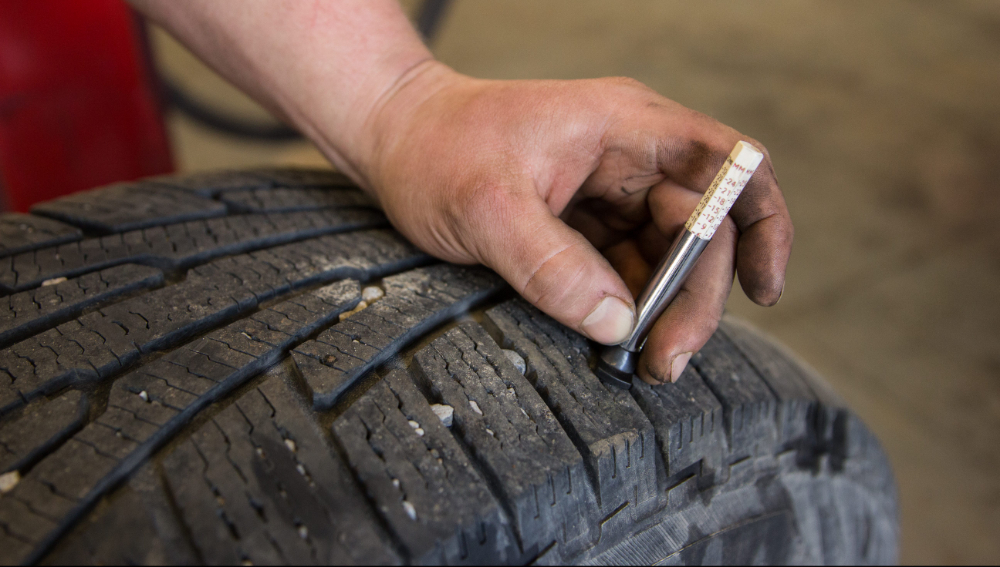 If there's too much damage, it may be necessary to get another wheel. You'll never be able to balance a wheel if the tire isn't properly seated upon it.
If there's too much damage, it may be necessary to get another wheel. You'll never be able to balance a wheel if the tire isn't properly seated upon it.
5. Before installing the new tire (or, if reusing the old one, the same tire, mounted the same way it was before), apply a generous amount of tire bead lubricant to the tire beads and the rim. Don't use soapy water (not enough slip) or grease (you'll never clean it all off and the bead could pop off the rim in hard cornering). Bead lubricant is slippery, but dries, allowing the bead to set.
6. Use the machine to install the tire. Then, remove the wheel from the machine mounts.
7. Spray more bead lubricant between the beads and the rim.
8. With the stem core still removed, inflate the tire to its maximum pressure (you'll see that number printed on the sidewall of the tire). The beads should pop onto the rim pretty quickly if the rim lips are smooth and you've used enough lubricant.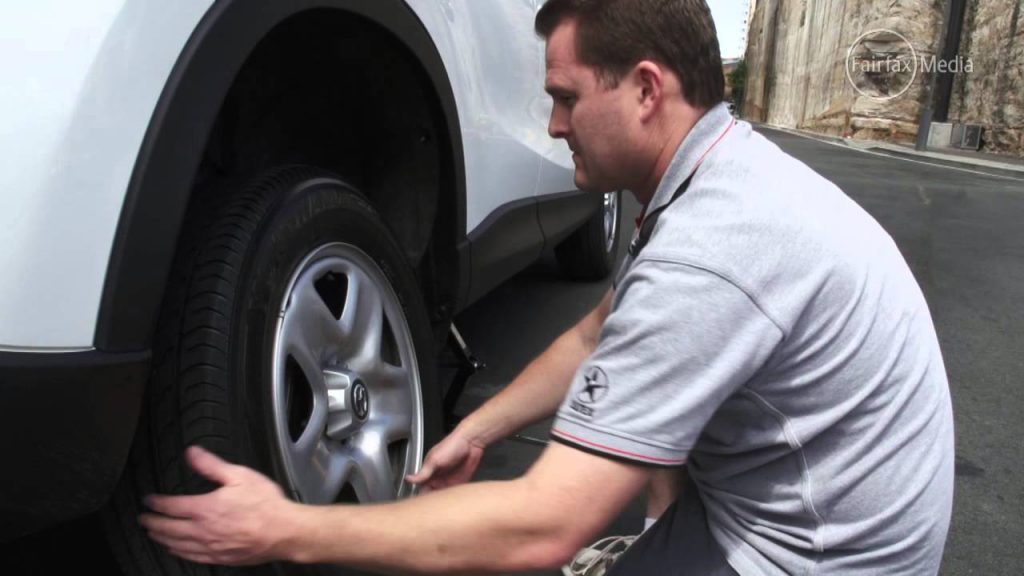 It'll go "POP.. POP!" as the beads seat.
It'll go "POP.. POP!" as the beads seat.
9. Install the stem core and re-inflate the tire to its max pressure.
Assuming you followed all of these steps correctly, your wheel and tire are now ready for balancing. Then you'll adjust the tire pressure to the vehicle manufacturer's specifications when you mount the wheel and tire back on your car.
Now, I realize most people don't have access to a tire mounting machine, but being aware of what it takes to mount a tire will, at the very least, give you the tools to ask your tire installer if they're mounting your tires the right way. If the tire shop you're using is doing things the quick and dirty way (mounting tires dry on pitted rims), find a better shop! No one wants to feel a sickening shudder as the car passes 65 miles per hour on the highway.
My Orders
Membership Auto-Renewal
Return/Replace Order
Price Adjustment
Cancel Order
Verify Membership
Update Account Info
Edit Shipping Address
In-Home Delivery FAQ
Find a Warehouse
My Orders
Membership Auto-Renewal
Return/Replace Order
Price Adjustment
Cancel Order
Verify Membership
Update Account Info
Change Shipping Address
In-Home Delivery FAQ
Find a Warehouse
Customer Service Home Page
How can I schedule an appointment at my local Tire Center?
What services does the Costco Tire Center provide?
How are Costco. com tire orders delivered and installed?
com tire orders delivered and installed?
What is Costco's tire replacement location policy?
How can I find tires on Costco.com?
Can I cancel my tire order?
Can I exchange my tire order?
Will the Costco Tire Center install any size tire?
Scheduling an appointment at your local Tire Center is easy! Simply visit Costcotireappointments.com and follow these steps:
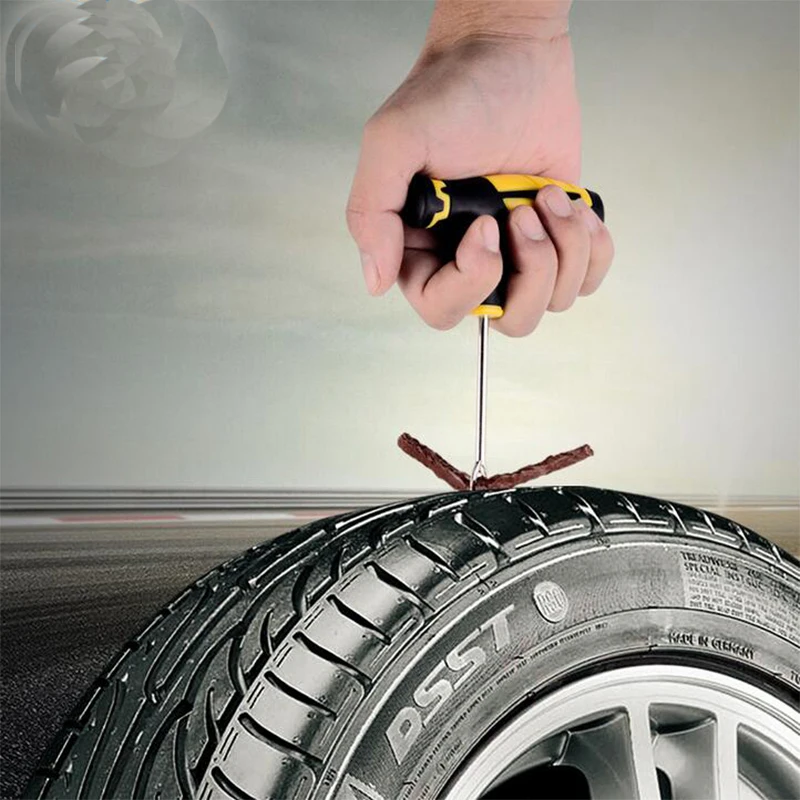 ”
”If you ever need help scheduling an appointment, feel free to get in touch with the Tire Center at your local Costco.
Back to Top
The Costco Tire Center offers several installation and maintenance services to get our members on the road, including rotation, balance, nitrogen inflation, nitrogen conversion, and flat repair.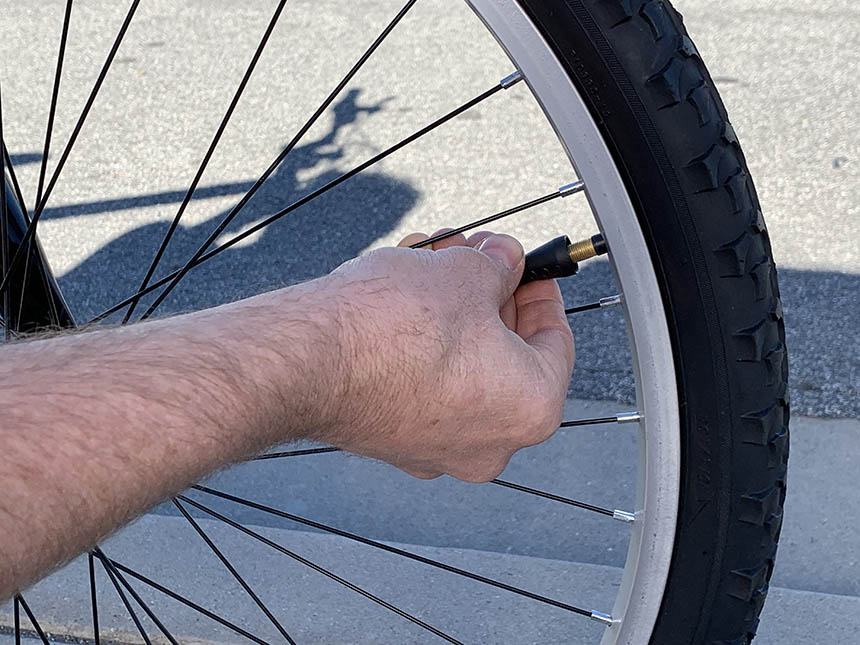 Your local Costco Tire Center team will be glad to discuss any of these services in-depth. Find your local Tire Center here.
Your local Costco Tire Center team will be glad to discuss any of these services in-depth. Find your local Tire Center here.
Please note that:
Back to Top
Your Costco.com tire order will arrive at your selected warehouse in approximately 5-10 business days from the time of your order. You will be notified by phone or email when your tires arrive at the warehouse and you will have 14 days for installation.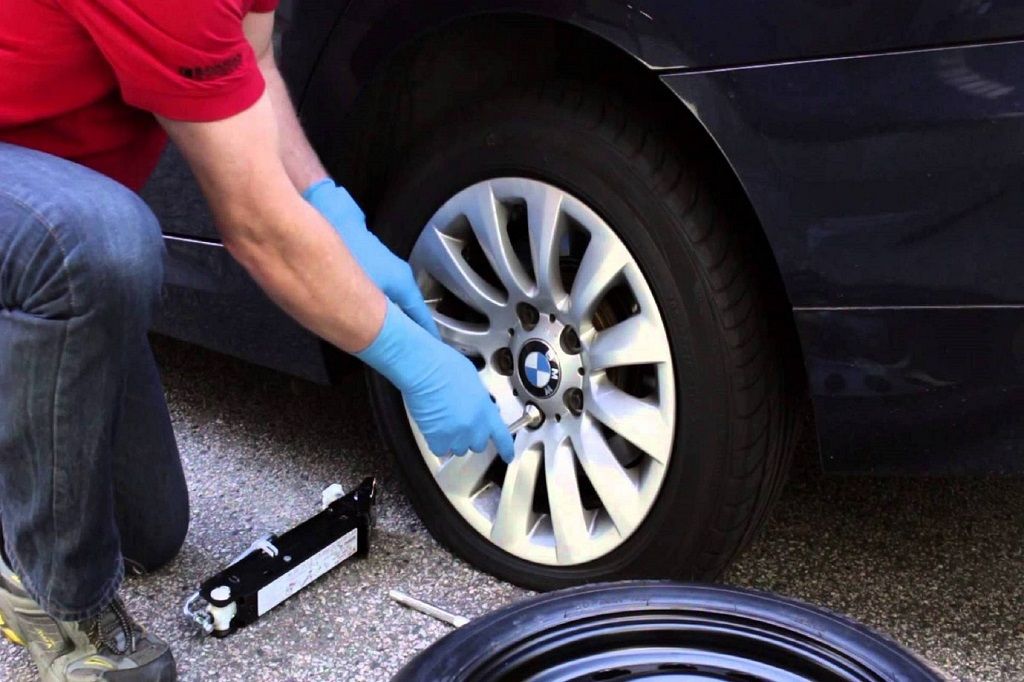
For Alaska and Hawaii orders, the estimated delivery timeframe will be approximately 10-20 business days from the time of your order.
An Installation charge of $18.99 per tire is included in the quoted price.
This includes: Mounting, Lifetime Balancing, Lifetime Rotation, Lifetime Flat Repair, Lifetime Air Pressure Checks, New Rubber Valve Stem, & Costco Wholesale's Road Hazard Warranty.
For additional details please head to our Tire Site and select your warehouse location to view the tire warranty and Tire Center FAQs.
Please note:
Back to Top
We have a policy to always install the least worn tires to the rear axles on the vehicle. For example, if only one tire needs to be installed, it will be installed on the rear of the vehicle. If two new tires are installed, they will also be installed on the rear of the vehicle.
For example, if only one tire needs to be installed, it will be installed on the rear of the vehicle. If two new tires are installed, they will also be installed on the rear of the vehicle.
This is based on major tire manufacturers' fitment guidelines, which specifically caution against installing replacement tires on the front axle, due to safety reasons. If you have further questions, please visit our Tire Site.
Back to Top
You can find the exact tires for your vehicle as set by the tire manufacturers right here. Your safety is our top priority. As part of that commitment, our Tire Centers will only install tires that are suggested by the manufacturer for your make and model of car. We've designed the tire search on Costco.com to only display results that match up with your vehicle.
Once you select the warehouse you'd like to install your tires, simply enter the specific year, make and model of your vehicle in our tire search, and you should have some great options at your fingertips.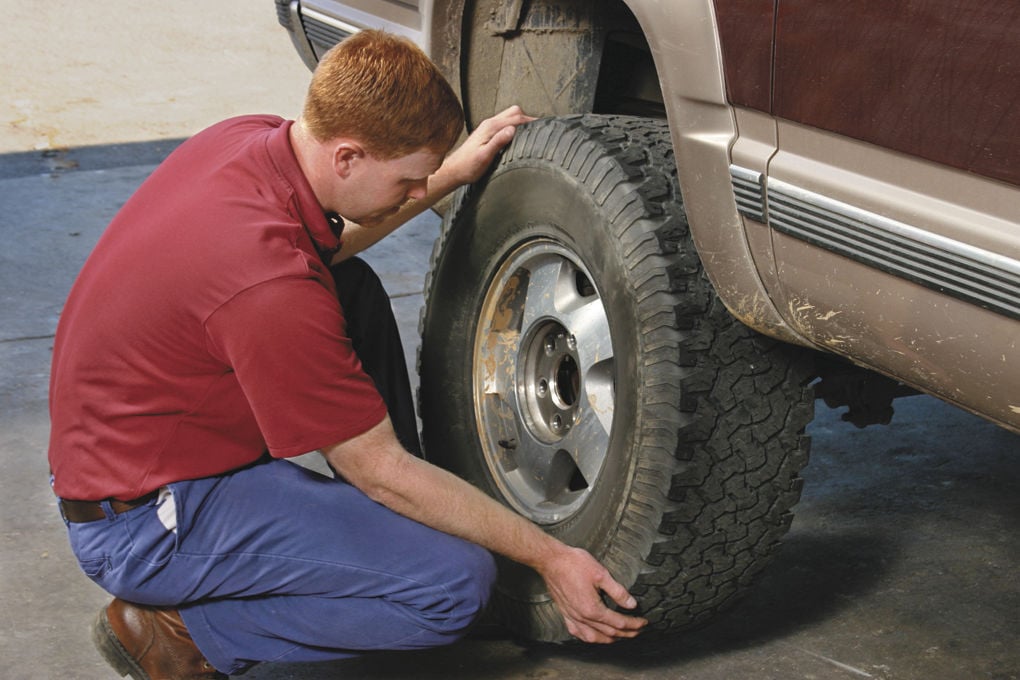
Back to Top
We are unable to cancel tire orders that have already been shipped and are in transit to your local Costco Wholesale Tire Center.
If you don't want to keep the tires, there are two return options:
Back to Top
We don’t have the ability to process exchanges for tire orders placed on Costco.com. If you’re not completely satisfied with your order, stop by the Costco Wholesale Tire Center when the tires arrive for a refund. If you'd like the refund processed by Costco.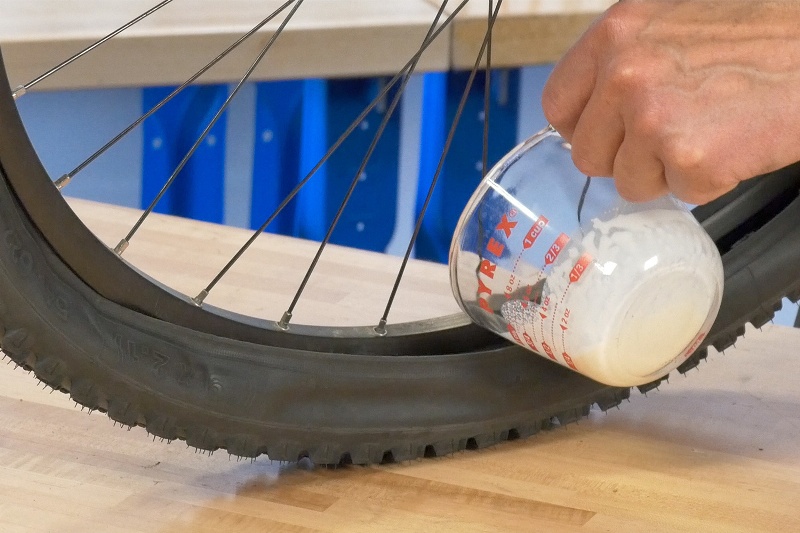 com, Contact Us and you'll receive the credit back to your original method of payment within three to four business days.
com, Contact Us and you'll receive the credit back to your original method of payment within three to four business days.
If you return or cancel your tire order and you need a different set of tires, you’re welcome to place another order on Costco.com.
Back to Top
Costco only installs authorized tire fitments, for safety reasons. This is why we advise that, before purchasing, our customers make sure the tire(s) they select meet the following vehicle manufacturers' Original Equipment (OE) specifications.
If you'd like to find your vehicle's tires or need more information, visit our Tire Site.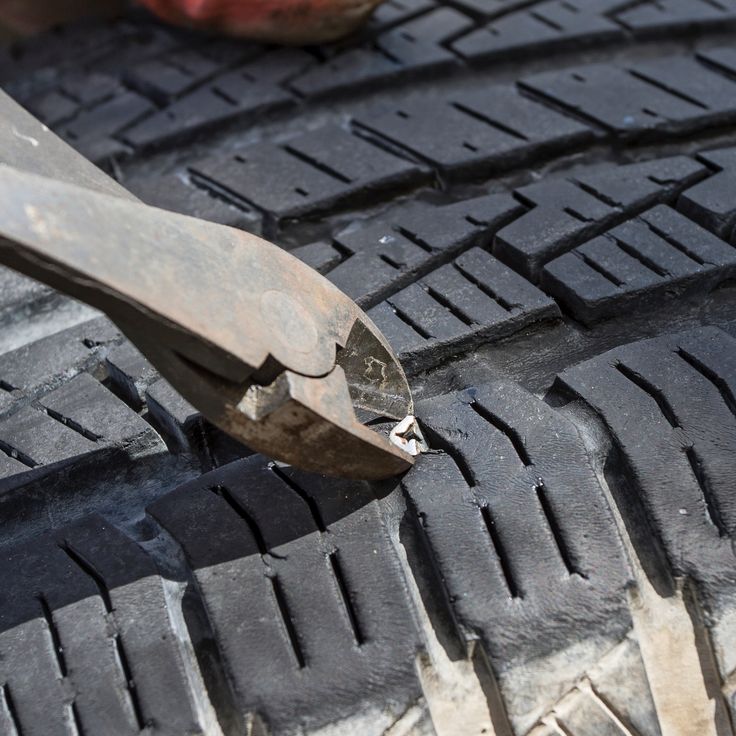
Back to Top
Technical
Car tires are one of the most important and critical elements of a car, on which traffic safety directly depends. Therefore, the installation of tires on the car must be done correctly.
From this article you will learn:
- Tread pattern and direction of rotation
- Inner and outer side of tire
- "Right" and "left" sides of tires
- Tire balancing before installation
Despite the ease of mounting tires, in many workshops, out of ignorance or laziness, tire fitters manage to put tires on the car incorrectly.
Modern tires have several parameters that you need to find out before installing them on a car:
- tread pattern type
- direction of rotation
- where is the inside and where is the outside of the tire
- on which side of the car can the tire be installed - on the right or left
tread pattern, the direction of rotation of which is usually indicated by an arrow on the sidewall of the tire.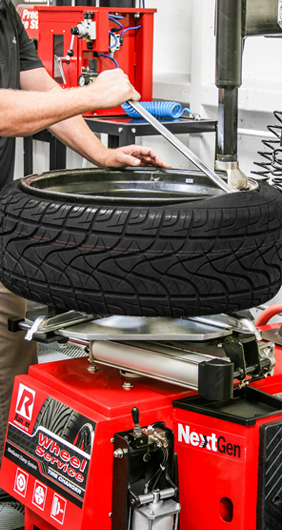
Therefore, the installation of tires in a directional pattern can only be carried out in a strictly defined position, which must be clarified before mounting them on a vehicle.
A minority of modern tires have a non-directional tread pattern. These tires can be installed on either side.
You can find out exactly the type of tire tread pattern and its direction of rotation from the seller in the store.
A tire can have an inner and outer side of the installation if its tread pattern is not symmetrical.
The inner side of the tire is indicated by the indication "Inside", this side of the tire must be installed inside the car in the direction of its movement.
The outer side of the tire is indicated by the indication "Outside", this side of the tire must be installed outside the car in the direction of its movement.
These mounting restrictions are due to the way the tire tread works, which only drains water most effectively when the tire is properly installed.
Some car tires are designed for a specific car model, or immediately for a group of identical models.
In this case, tire manufacturers can specify on which side of the car the tire can be installed "Left" - on the left, "Right" - on the right.
These limitations are also related to the most efficient operation of the tire tread installed on the correct side of the vehicle.
After mounting the tire on the rim, each wheel must be carefully balanced on a special machine.
The need for balancing is related to the difference in the weight of different parts of the tire (error), which is allowed by the manufacturer in the production of tires. This error is associated with the technological features of the production of tires.
The difference in weight is not noticeable when the wheel is stationary, but becomes very noticeable when driving at high speed - the wheel begins to "beat".
You can feel this “beat” on the steering wheel very well when the tire is installed in front.
For expensive tires made with state-of-the-art equipment, this difference is only a few grams and only a few balance weights are required for balancing.
For budget tire models, often produced on simple or outdated machines, the difference can be several tens of grams.
To balance such a tire, quite a lot of balancing weights may be required.
There are also cases when an inexpensive tire cannot be balanced “to zero” at all - in this case, this wheel is installed back.
When balancing a wheel, the pattern of tire manufacturing quality is most often manifested - the cheaper the installed tire, the lower its quality and the more difficult it is to balance.
Due to certain difficulties in balancing inexpensive tires, servicemen often do not complete the wheel balancing procedure, due to which the “beating” of the wheel may remain.
Therefore, it is best for the car owner to be personally present during the wheel balancing procedure right in the tire shop - then the likelihood that the workshop workers will want to cheat will be less.
In order for the car to be a truly safe vehicle, the car owner needs to know how tires are installed correctly, and independently control all the actions of the masters who mount tires on his car.
You might be interested
Subscribe
5375 people already read this site! Read and you.
top
Adblock detector
Tire pressure
Properly fitting your tires to your vehicle will improve handling on the road, increase tire life and reduce fuel consumption.
Regardless of the seasonality of use, all modern tires are divided into three main types according to the tread pattern:
Each of these types has features of installation and use.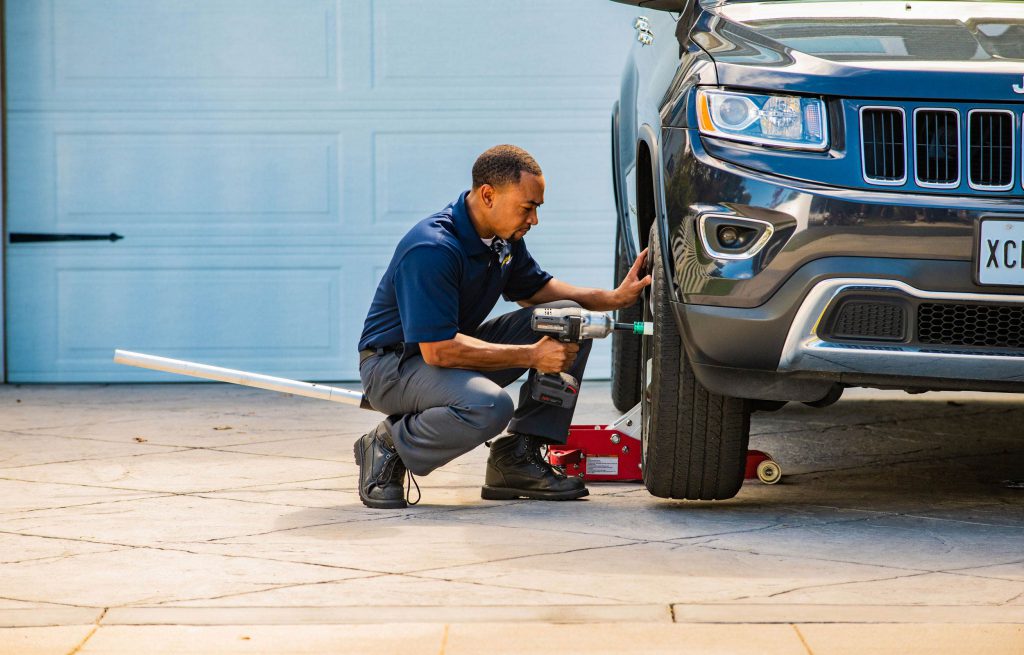 The easiest way to determine a specific type of tire is by marking on the side surface or by the characteristic tread pattern.
The easiest way to determine a specific type of tire is by marking on the side surface or by the characteristic tread pattern.
The tread pattern of these tires is very diverse. They do not have any special markings and are installed on the car in random order.
Features a special V-pattern and special markings on the outer sidewall of the tire with the words "ROTATION" and an arrow indicating the desired direction of rotation of the wheel.
These tires have different patterns on each side of the tread and are marked with the word "Outside" on the outside of the tire. Additionally, there may be an inscription "Inside" on the inner side.
When installing new tires on a car or when changing tires seasonally, it is imperative to pay attention to the marking and direction of the wheel tread.
When installing a tire with a symmetrically directional pattern, the arrow printed on the sidewall of the tire is positioned in accordance with the direction of rotation of the wheel when the car moves forward.
Tires with an asymmetric pattern must be installed so that the "Outside" designation on the sidewall is on the outside of the wheel.
Important! Special attention is required when mounting asymmetric tires marked "Right" and "Left". To do this, you will need two pairs of tires with the appropriate inscriptions, which are installed on different sides of the car.
The directional tread pattern is designed to effectively remove moisture (wet snow, mud, etc.) from the contact point between the tire and the road. This reduces the risk of aquaplaning and improves vehicle handling.
If the installation is not correct, the reverse situation occurs. When driving on a wet surface, the effect of aquaplaning appears, the contact of the working spot of the tire with asphalt worsens. As a result, the stability and control of the machine is reduced, which can lead to a serious accident.
As a result, the stability and control of the machine is reduced, which can lead to a serious accident.
Self-changing tires for experienced motorists does not cause much difficulty. If you turn to a tire shop for such a service, you must personally check the correct installation of the rubber after the work is completed.
It should be remembered that if the tires were beaded, the wheels must be balanced on a special machine. This is necessary to eliminate their beating during movement, especially at high speeds.
After mounting the wheels, it is important to check the tire pressure and bring it to the desired value. The effective operation of directional tires on the road depends on this.
Which rubber should I choose with spikes or Velcro?
Operation of winter tires
Changing wheels on a car
Repair, replacement of studs on winter tires, studding
How to choose winter tires for crossovers
Replacement of summer tires for winter.